All Science
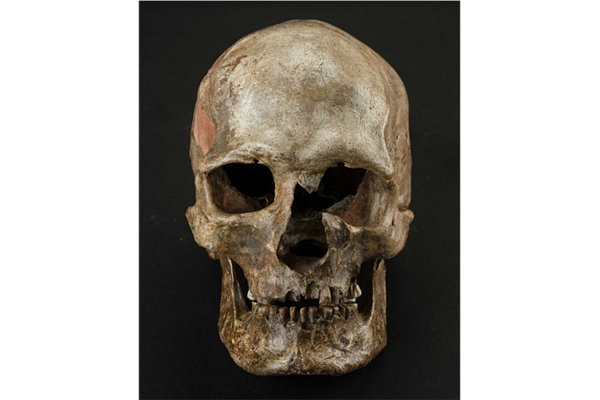 Major population upheaval in Ice Age Europeans linked to climate change
Major population upheaval in Ice Age Europeans linked to climate changeThe genomes of ancient Europeans reveal how human populations can change dramatically as a result of extreme climate fluctuations.
- Humans have a hand in honey bee decline, say scientists. Is it too late?
Researchers have linked the decline in global bee populations to the international bee trade. What can be done?
- First LookAre genetics researchers inadvertently perpetuating racial stereotypes?
A team of scientists are urging their colleagues to refrain from using racial differences as metrics in biological and medical studies.
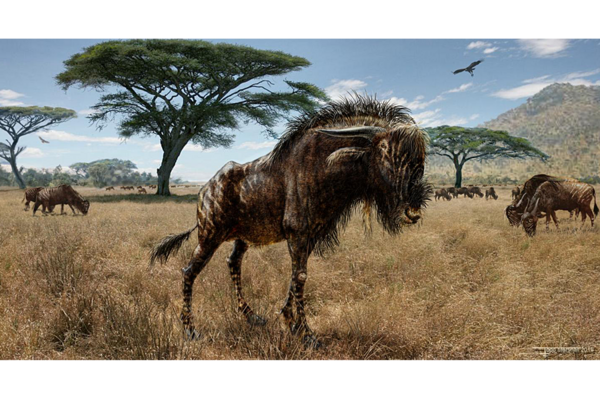 Weird convergence: Extinct wildebeest cousin and dinosaur shared noses
Weird convergence: Extinct wildebeest cousin and dinosaur shared nosesScientists discover two unrelated, extinct animals had the same strange nose.
- Saturn's ring mystery: Why are opacity and density mismatched?
A new analysis contributes to a body of research aimed at uncovering the mass and origin of the planet's rings.
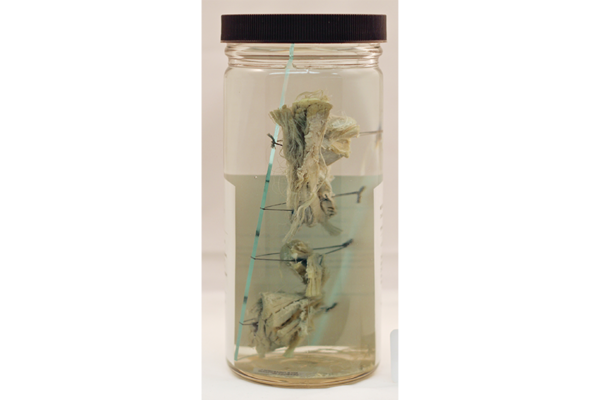 Science NotebookMenu miscue: Yale study prompts mammoth newspaper correction
Science NotebookMenu miscue: Yale study prompts mammoth newspaper correctionIn 1951, we reported that members of the Explorers Club dined on a 250,000-year-old extinct mammoth. Science has proven us wrong.
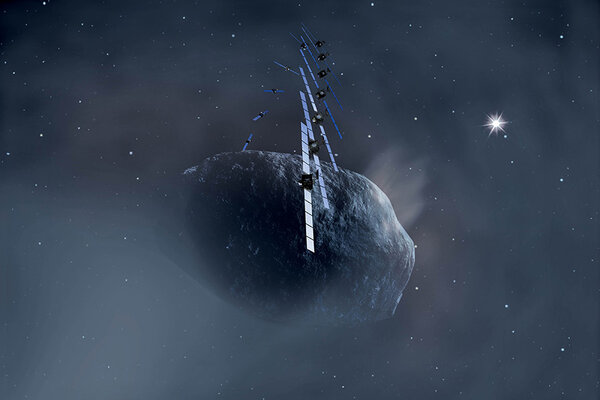 Astronomical mystery solved: no caverns in comet
Astronomical mystery solved: no caverns in cometScientists had long wondered if the low density of comets was a result of a cavernous inside.
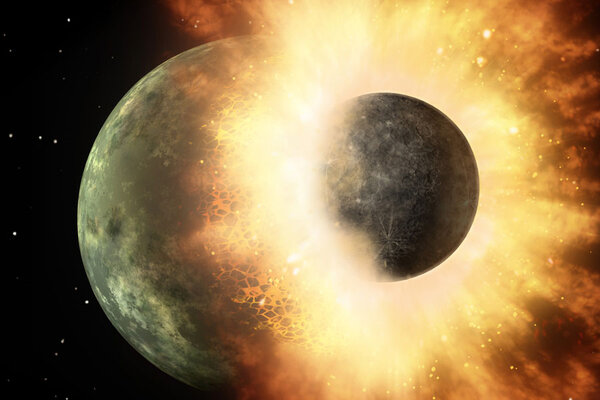 When worlds collide: Earth is really two planets, study finds
When worlds collide: Earth is really two planets, study findsScientists suggest the 4.5-billion-year-old collision between Earth and planet Theia was bigger than we thought.
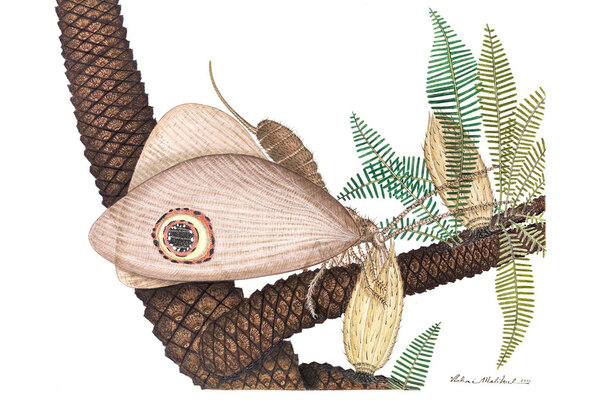 First LookThe modern butterfly has a 40-million-year-old dopplegänger
First LookThe modern butterfly has a 40-million-year-old dopplegängerScientists recently discovered a Jurassic insect that looked and acted like a butterfly, but is actually only distantly related to the modern winged creatures.
 Congress asks: Can NASA really get astronauts to Mars?
Congress asks: Can NASA really get astronauts to Mars?Without a concrete plan or enough money, the space program's nebulous goal to send humans to Mars may not be feasible, says the House Committee on Science, Space, and Technology.
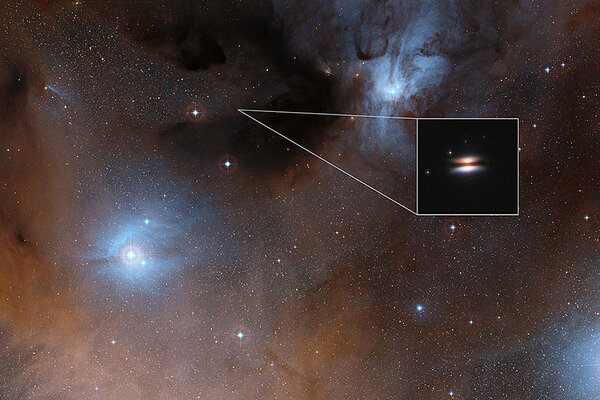 First LookWhy frigid 'Flying Saucer' disc could change what we know about planets
First LookWhy frigid 'Flying Saucer' disc could change what we know about planetsAstronomers measuring a disc of gas and dust around a young star found that the disc is close to absolute zero, which might allow large planets to form lose to their parent star.
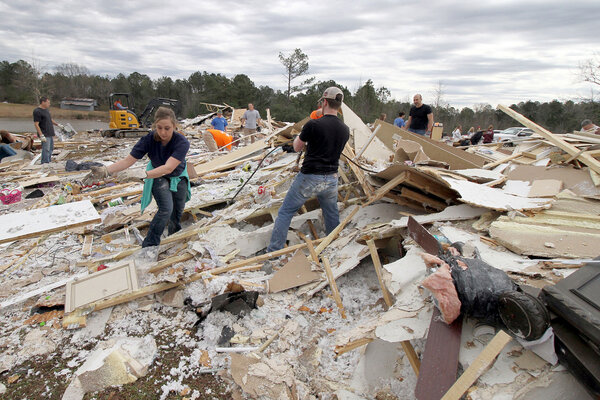 Are improved tornado warning systems making a difference?
Are improved tornado warning systems making a difference?Steadily improving storm warnings and active preparation for severe weather at the local and state level helped states across the South survive an off-season burst of tornadoes without loss of life.
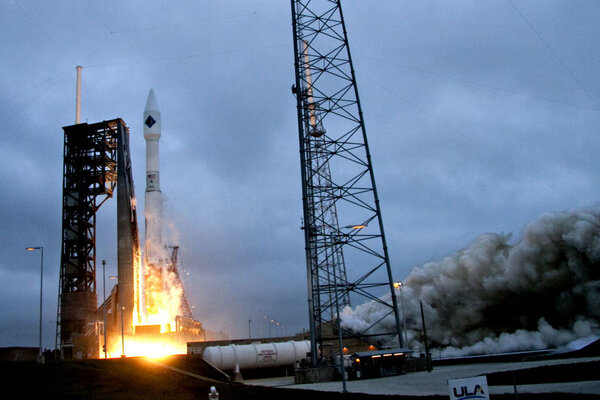 First LookCommercial space travel is booming at NASA spaceport
First LookCommercial space travel is booming at NASA spaceportNASA's Cape Canaveral space center is gearing up for a year full of launches.
 Propelled by light, new NASA probe to set sail
Propelled by light, new NASA probe to set sailA small space probe, propelled by a solar sail, is bound for an asteroid from NASA's Space Launch System rocket in 2018.
 How Germany took big step toward nuclear fusion
How Germany took big step toward nuclear fusionGerman scientists working on the Wendelstein 7-X fusion device started a series of experiments that could eventually prove the superiority of the stellarator-type fusion devices.
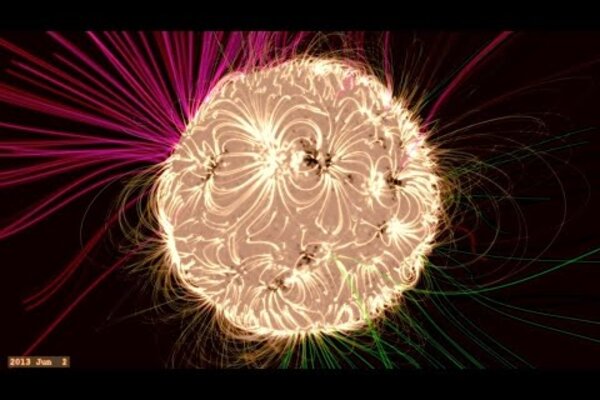 First LookWhy the sun's magnetic field is still a mystery
First LookWhy the sun's magnetic field is still a mysteryScientists know a lot about the sun, but the forces behind the star's magnetic field remain a mystery.
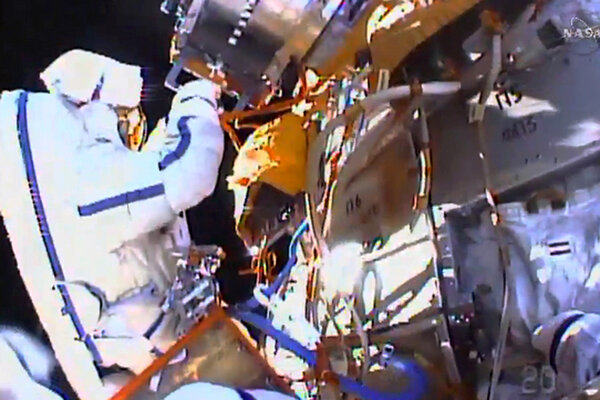 First LookWhy did cosmonauts chuck a flash drive over the ISS?
First LookWhy did cosmonauts chuck a flash drive over the ISS?Two cosmonauts conducted a spacewalk to continue experiments on the International Space Station and launched a flash drive overboard as part of a patriotic ceremony.
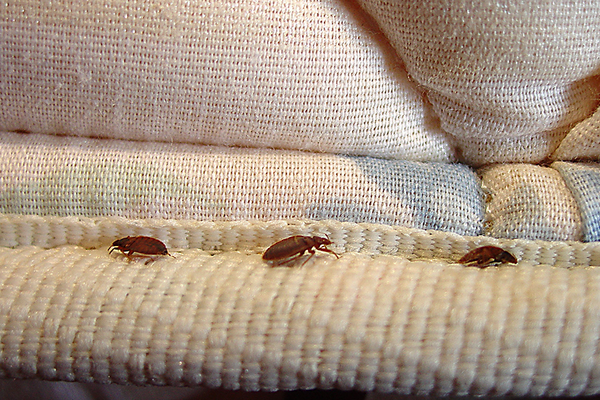 Sleep tight! Researchers sequence bed bug genome.
Sleep tight! Researchers sequence bed bug genome.Two teams of researchers have mapped the genetic code of the bed bug, revealing clues as to why the insect, which was nearly eradicated after World War II, is currently enjoying a resurgence.
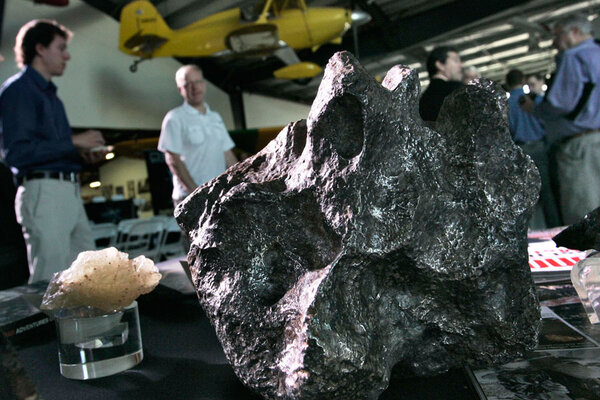 First LookTiny Luxembourg seeks global leadership in asteroid mining
First LookTiny Luxembourg seeks global leadership in asteroid miningLuxembourg announced plans to launch a space mining industry, quite a mighty feat for the small European country.
 How NASA's 13 micro-satellites will explore deep space
How NASA's 13 micro-satellites will explore deep spaceThe briefcase-sized satellites will be launched in 2018 to gather more knowledge about the galaxy.




















